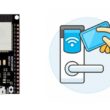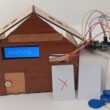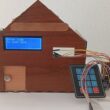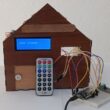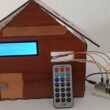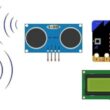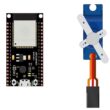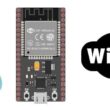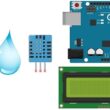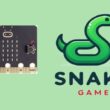Mobile system for tracking a moving object based on ESP32 and HC-SR04
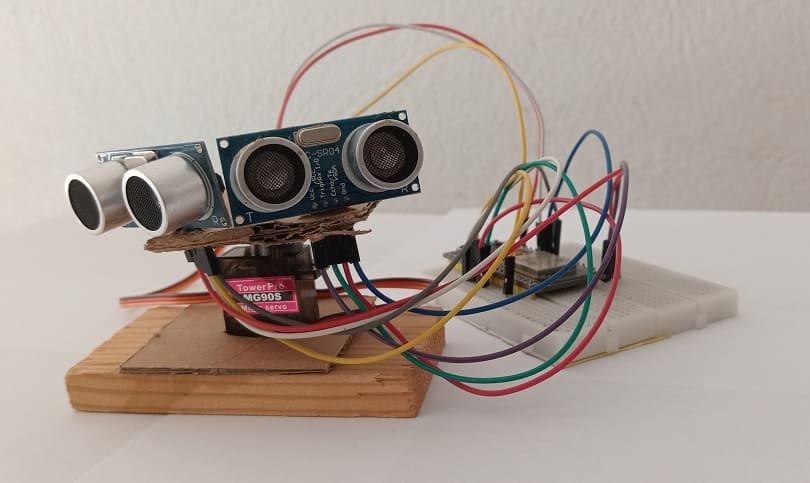
Tutorial plan
Introduction
1- How does the mobile system for tracking a moving object work ?
2- Necessary system components
3- System Wiring Diagram
4- Program the ESP32 board with Micropython to control the system
Introduction
A mobile system for tracking a moving object is a technological solution that utilizes mobile devices such as smartphones or tablets equipped with GPS (Global Positioning System) capabilities to monitor and record the real-time location of an object as it moves. This system typically consists of a mobile application installed on the tracking device, which continuously collects location data through GPS sensors. The collected data is then transmitted to a central server or cloud-based platform for processing, storage, and analysis.
Key components of a mobile tracking system include:
Mobile Application: A software application installed on a mobile device that collects location data using GPS sensors and facilitates communication with the server backend.
GPS Technology: Utilizes GPS technology embedded within the mobile device to determine its precise geographical location.
Server Backend: A centralized server infrastructure responsible for receiving, processing, and storing location data collected from multiple mobile devices. The server backend often includes databases for data storage, APIs for communication with mobile applications, and algorithms for data analysis.
Communication Protocol: Defines the method of communication between the mobile application and the server backend, ensuring secure and efficient data transmission.
Data Storage and Management: Involves the storage and management of location data collected from various mobile devices, typically in a database or cloud-based storage solution.
Visualization and Reporting: Provides tools for visualizing the tracked object's movements on maps, generating reports, and setting up alerts for specific events (e.g., entering or leaving predefined areas).
User Interface: Offers an intuitive interface for users to interact with the tracking system, view real-time and historical location data, and configure tracking settings.
A mobile tracking system can be used for various purposes, including fleet management, asset tracking, personal safety, logistics, and location-based services. It enables businesses and individuals to monitor the whereabouts of valuable assets, vehicles, or people in real-time, leading to improved efficiency, security, and decision-making.
How does the mobile system for tracking a moving object work ?
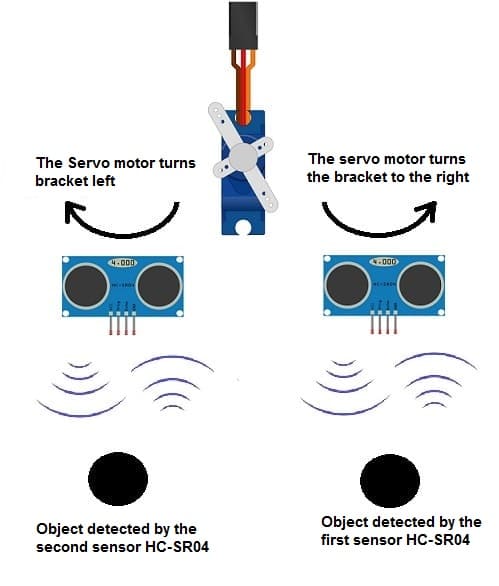
A mobile system for tracking a moving object based on ESP32, HC-SR04 ultrasonic sensor, and a servo motor can be developed to track objects within a certain range using ultrasonic sensing and adjust the position of the sensor accordingly. Here's how it could work:
Components:
ESP32 Development Board: ESP32 is a low-cost, low-power microcontroller with built-in Wi-Fi and Bluetooth capabilities, making it suitable for IoT projects.
Two HC-SR04 Ultrasonic Sensors: The HC-SR04 ultrasonic sensor emits ultrasonic waves and measures the time it takes for the waves to bounce back after hitting an object. This information is used to calculate the distance to the object.
Servo Motor: A servo motor is used to physically rotate support for both sensors in a specific direction based on the calculated distance to the object.
Working Principle:
1- Initialization: The ESP32 initializes the HC-SR04 ultrasonic sensor and servo motor.
2- Distance Measurement: The ultrasonic sensor emits a burst of ultrasonic waves and measures the time it takes for the waves to bounce back after hitting an object. This time measurement is converted into a distance measurement using the speed of sound.
3- Object Tracking: Based on the measured distance, the ESP32 determines the direction in which the object is located relative to the sensor.
4- Servo Motor Control: The ESP32 controls the servo motor to rotate the two ultrasonic sensors in the direction of the detected object. For example, if the object is detected by the first sensor, the servo motor rotates the sensor towards the right.
5- Continuous Tracking: The process of distance measurement, object tracking, and servo motor control continues periodically to continuously track the moving object within the sensor's range.
Necessary system components
ESP32 board:
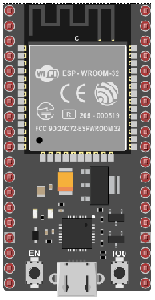
The ESP32 is a powerful microcontroller developed by Espressif Systems. It's renowned for its integrated Wi-Fi and Bluetooth capabilities, making it a popular choice for various IoT (Internet of Things) applications.
Two HC-SR04 ultrasonic Sensors
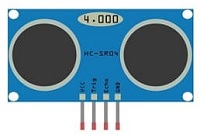
The HC-SR04 ultrasonic sensor is a popular and inexpensive component commonly used in robotics, IoT projects, and various other applications where distance measurement is needed.
Servo motor:

A servo motor is a rotary actuator that allows for precise control of angular position. It consists of a motor, a set of gears, a control circuit, and a feedback system. Servo motors are widely used in various applications such as robotics, RC (remote-controlled) vehicles, industrial automation, and more.
Jumper Wires:

For making temporary connections and wiring between components.
Breadboard:

A breadboard is a useful tool for creating temporary electronic circuits. It allows you to connect components without soldering.
System Wiring Diagram
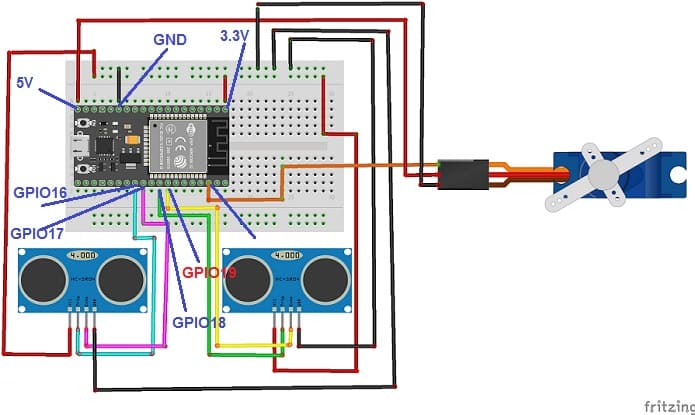
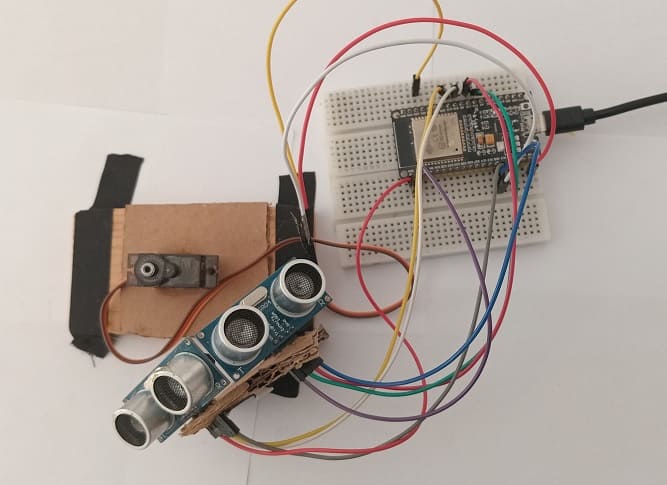
Attaching the first HC-SR04 sensor :
- Connect the VCC(+) pin of the HC-SR04 ultrasonic sensor to the 3.3V pin on the ESP32 board.
- Connect the Trig pin of the HC-SR04 ultrasonic sensor to GPIO18 pin on the ESP32 board.
- Connect the Echo pin of the HC-SR04 ultrasonic sensor to GPIO19 pin on the ESP32 board.
- Connect the GND(-) pin of the DHT22 sensor to any ground (GND) pin on the ESP32 board.
Attaching the second HC-SR04 sensor :
- Connect the VCC(+) pin of the HC-SR04 ultrasonic sensor to the 3.3V pin on the ESP32 board.
- Connect the Trig pin of the HC-SR04 ultrasonic sensor to GPIO16 pin on the ESP32 board.
- Connect the Echo pin of the HC-SR04 ultrasonic sensor to GPIO17 pin on the ESP32 board.
- Connect the GND(-) pin of the DHT22 sensor to any ground (GND) pin on the ESP32 board.
Attaching the servo motor :
- Connect the red wire from the servo to the 5V pin of the ESP32 board.
- Connect the yellow wire from the servo to the GPIO22 pin of the ESP32 board.
- Connect the brown wire from the servo to the GND pin of the ESP32 board.
Program the ESP32 board with Micropython to control the system
To program the ESP32 board with MicroPython to control the system for tracking a moving object using an HC-SR04 ultrasonic sensor and a servo motor, you'll need to follow these steps. Note that this is a simplified example to demonstrate the concept. You may need to adjust the code based on your specific hardware setup and requirements.
1- Download the latest firmware for ESP32 from esp32-20210902-v1.17.bin.
2- Flash the firmware onto your ESP32 board using a tool like Thonny.
3- import this library : hc-sr04 for HC-SR04 sensor
4- import this library : servo for servo motor
5- write MicroPython Code
|
1 2 3 4 5 6 7 8 9 10 11 12 13 14 15 16 17 18 19 20 21 22 23 24 25 26 27 28 29 30 31 32 |
import machine from machine import Pin from hcsr04 import HCSR04 from servo import Servo import time # Configure the two ultrasonic sensors sensor_1 = HCSR04(trigger_pin=18,echo_pin=19,echo_timeout_us=1000000) sensor_2 = HCSR04(trigger_pin=16,echo_pin=17,echo_timeout_us=1000000) motor=Servo(pin=22) # Configure servo motor motor.move(90) # turns the servo to 90° pos_init=90 while True: # Measure distance from HC-SR04 sensor 1 distance_1 = sensor_1.distance_cm() # Measure distance from HC-SR04 sensor 2 distance_2 = sensor_2.distance_cm() # if the first HC-SR04 sensor detects the object if (distance_1<10) and (pos_init<170): # the servomotor turns the bracket to the right for pos in range(pos_init, pos_init+10): motor.move(pos) # tourne le servo à pos time.sleep(0.02) pos_init=pos_init+10 # if the second HC-SR04 sensor detects the object if (distance_2<10) and (pos_init>10): # the servomotor turns the bracket to the left for pos in range(pos_init, pos_init-10,-1): motor.move(pos) # tourne le servo à pos time.sleep(0.02) pos_init=pos_init-10 time.sleep(0.5) |
This code continuously measures the distance using two HC-SR04 sensors and adjusts the position of the servo motor based on the measured distance.

